A Chinese company has proposed to study three railless train lines running on Ring Road 3 and Thang Long Avenue to solve traffic congestion in Hanoi.
At the scientific conference on urban railways to reduce urban traffic congestion on April 11, Mr. Nguyen Trong Nghia, representative of Hunan Railway Intelligent Transport Technology Co., Ltd., China (HUNAN CRRC) proposed investing in 3 railless tram lines (ART) in Hanoi.
Route 1 is 30 km long from the National Convention Center to Hanoi National University, running on the median strip of Thang Long Avenue. Route 2 is 6.3 km long from Bao Son Paradise Park to Nhon. Route 3 is 10 km long from My Dinh bus station to Nuoc Ngam bus station, running on the median strip.
The three lines have 28 stations and 32 trains (each train has 3-4 carriages), with a total estimated cost of construction and vehicles of 466 million USD, equivalent to about 11,650 billion VND.
Trackless trains have been developed in many countries. They are public transport with many compartments, running on tires, without rails, using Lithium storage batteries without the need for an overhead power supply system.
According to Mr. Nguyen Trong Nghia, the investment and operating costs of railless trains are much lower than those of traditional trains, with the investment capital being only 1/10 that of metro. For example, the 19km Ben Thanh - Suoi Tien project has a total investment of 43,700 billion VND, while the investment in the 30km No. 1 railless train would cost more than 6,600 billion VND.
The passenger capacity of a conventional train is 25,000 people/hour on a single route, while the ART train is 10,000-15,000 people. In addition, the trackless train runs on a tire-wheeled track with its own lane, so the construction time of the station and median strip is only 6-10 months.
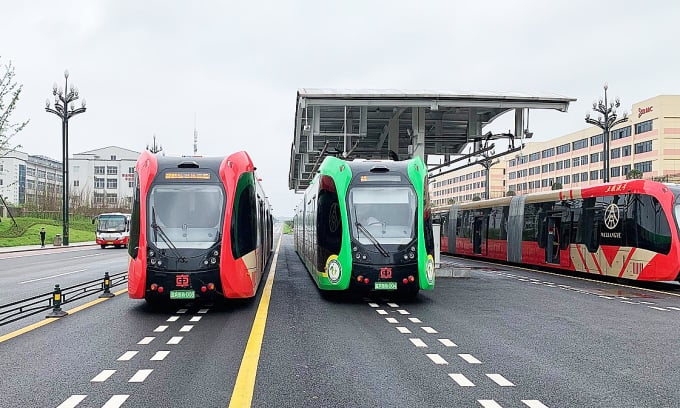
A trackless train operates in Yibin City, China. Photo: Yibin
With a cost of VND5,000-6,000 billion for a metro line, according to Mr. Nghia, Hanoi can call for socialized investment instead of budget capital or ODA capital as at present. This type of construction is quick, has low operating costs, and simpler technical requirements than traditional metro lines, so it can meet the urgent need to build a public transport system to reduce traffic congestion in Hanoi.
However, the limitation of the railless train is that it needs to operate in a separate lane, so it is suitable for construction in places with wide enough median strips and green belts, and needs to be given priority through intersections using an intelligent traffic system.
From an expert perspective, Mr. La Ngoc Khue, former Deputy Minister of Transport, said the advantages of the railless train are low investment costs and fast construction time, while the transportation capacity is equivalent to light rail and monorail.
"Hanoi needs 457 km of urban railway according to the plan. If we invest in conventional trains, the cost will be very high and the construction time will be long, so the trackless train is a solution that needs to be studied," said Mr. Khue. The trackless train operates on a separate lane like the bus rapid transit (BRT), so in the near future, it is possible to use the airspace on Thang Long Avenue, Ring Road 3, and Vo Nguyen Giap Street to Noi Bai Airport.
Source link


![[Photo] "Beauties" participate in the parade rehearsal at Bien Hoa airport](https://vstatic.vietnam.vn/vietnam/resource/IMAGE/2025/4/11/155502af3384431e918de0e2e585d13a)

![[Photo] Looking back at the impressive moments of the Vietnamese rescue team in Myanmar](https://vstatic.vietnam.vn/vietnam/resource/IMAGE/2025/4/11/5623ca902a934e19b604c718265249d0)



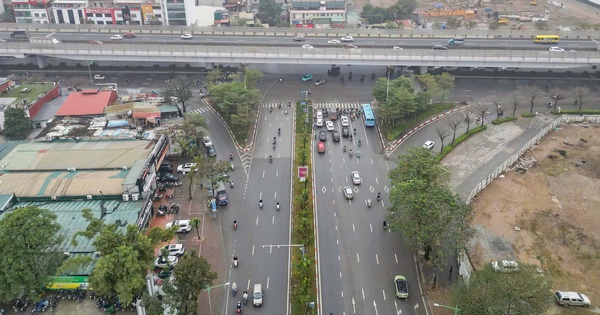

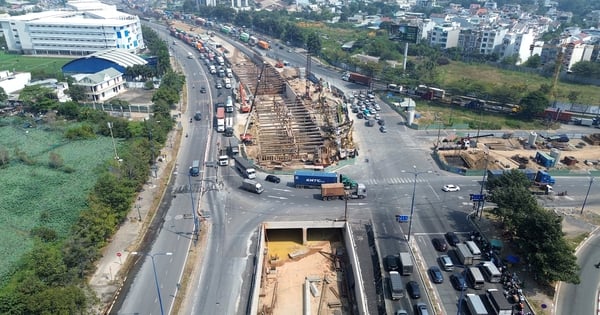

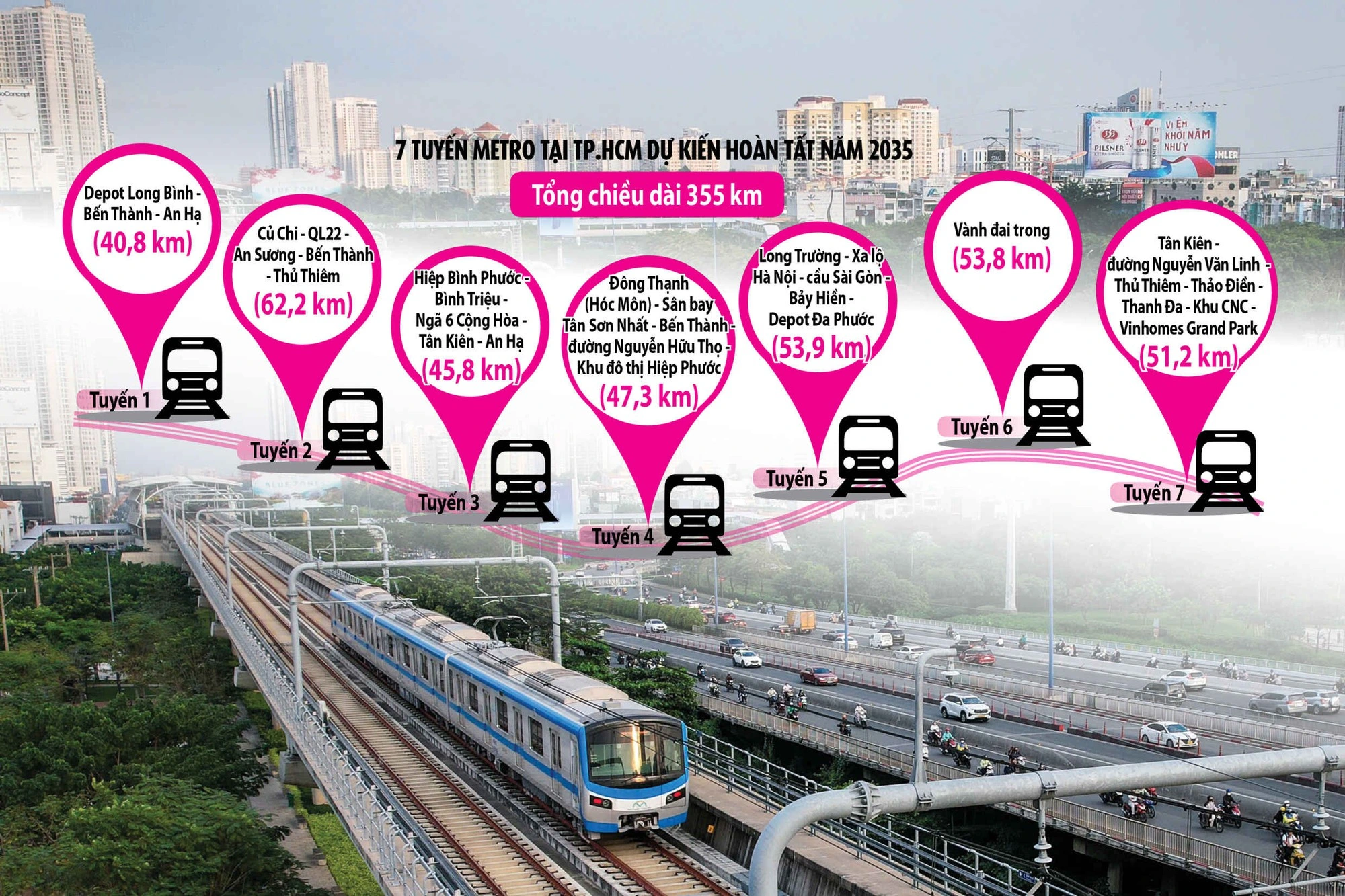

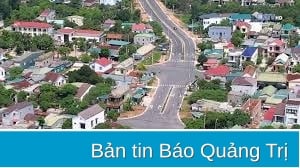
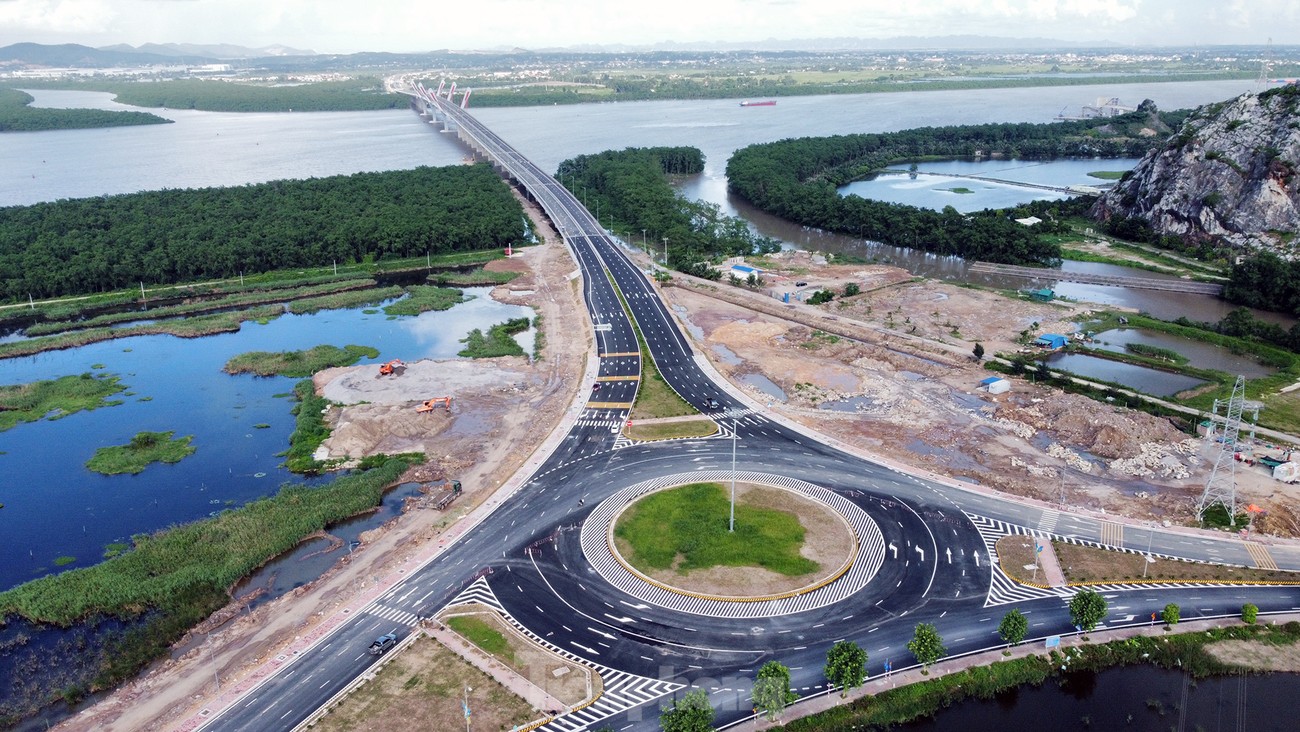
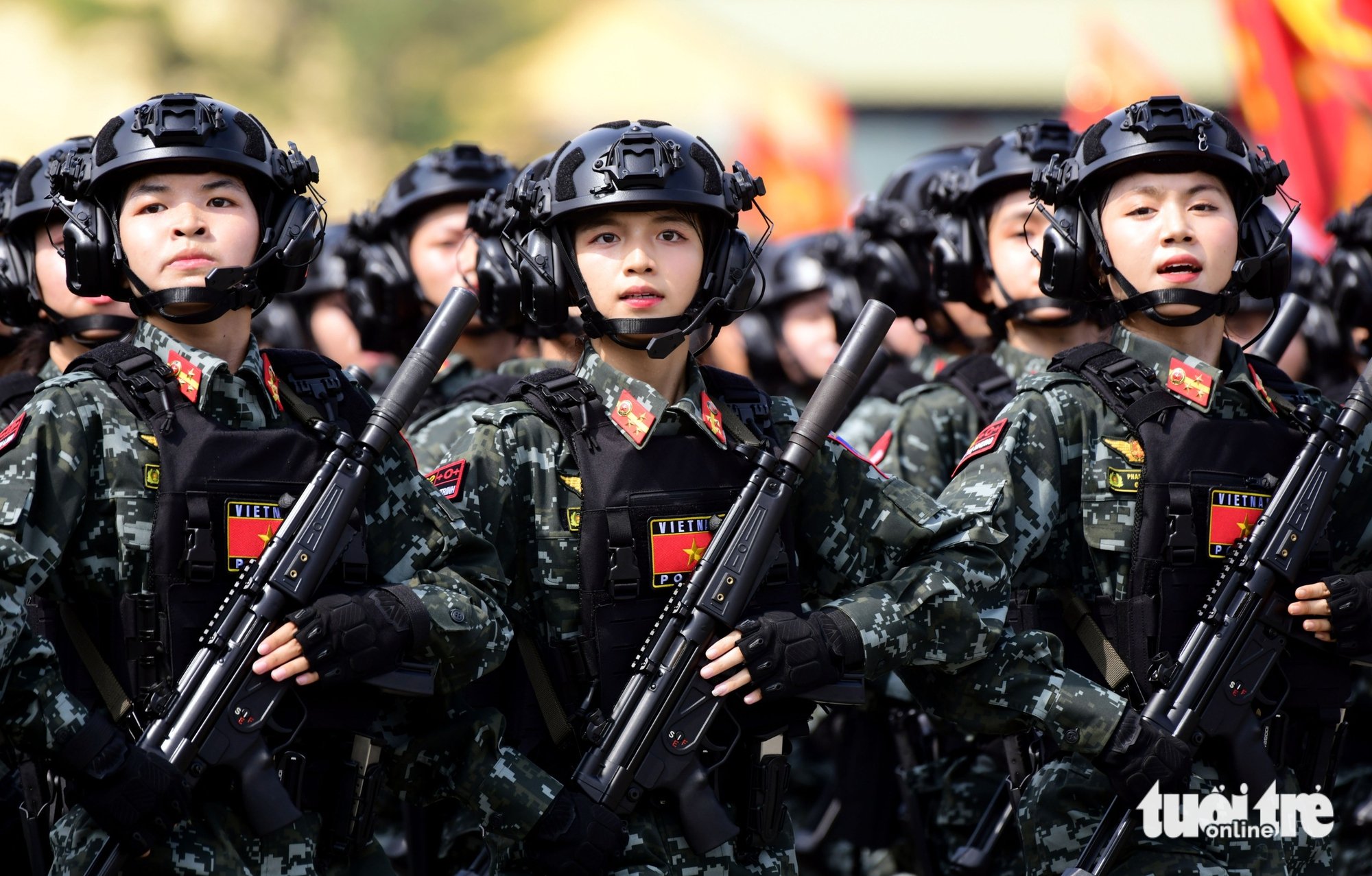

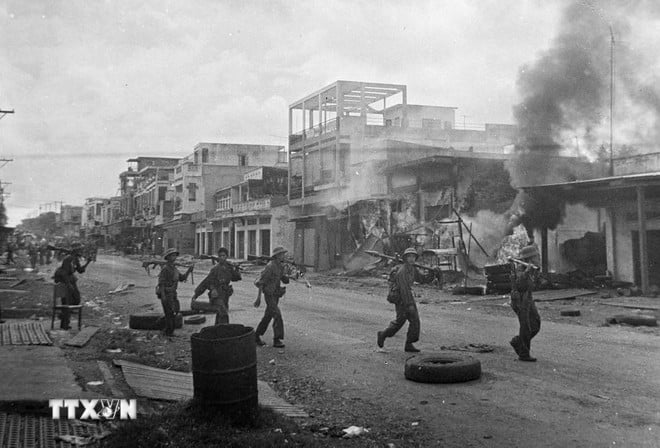


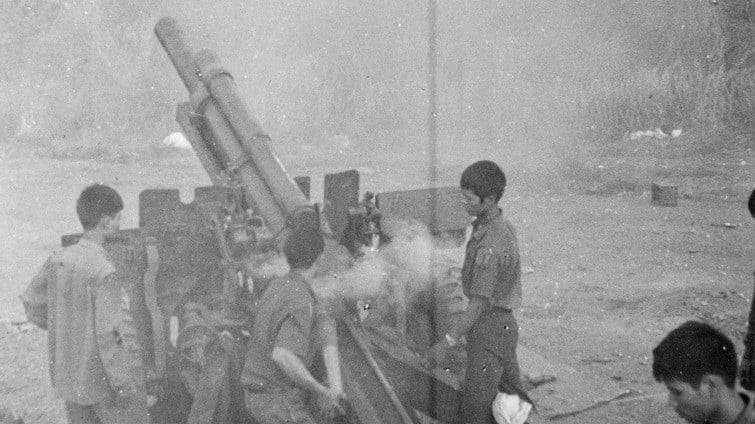







![[Photo] Summary of parade practice in preparation for the April 30th celebration](https://vstatic.vietnam.vn/vietnam/resource/IMAGE/2025/4/11/78cfee0f2cc045b387ff1a4362b5950f)













































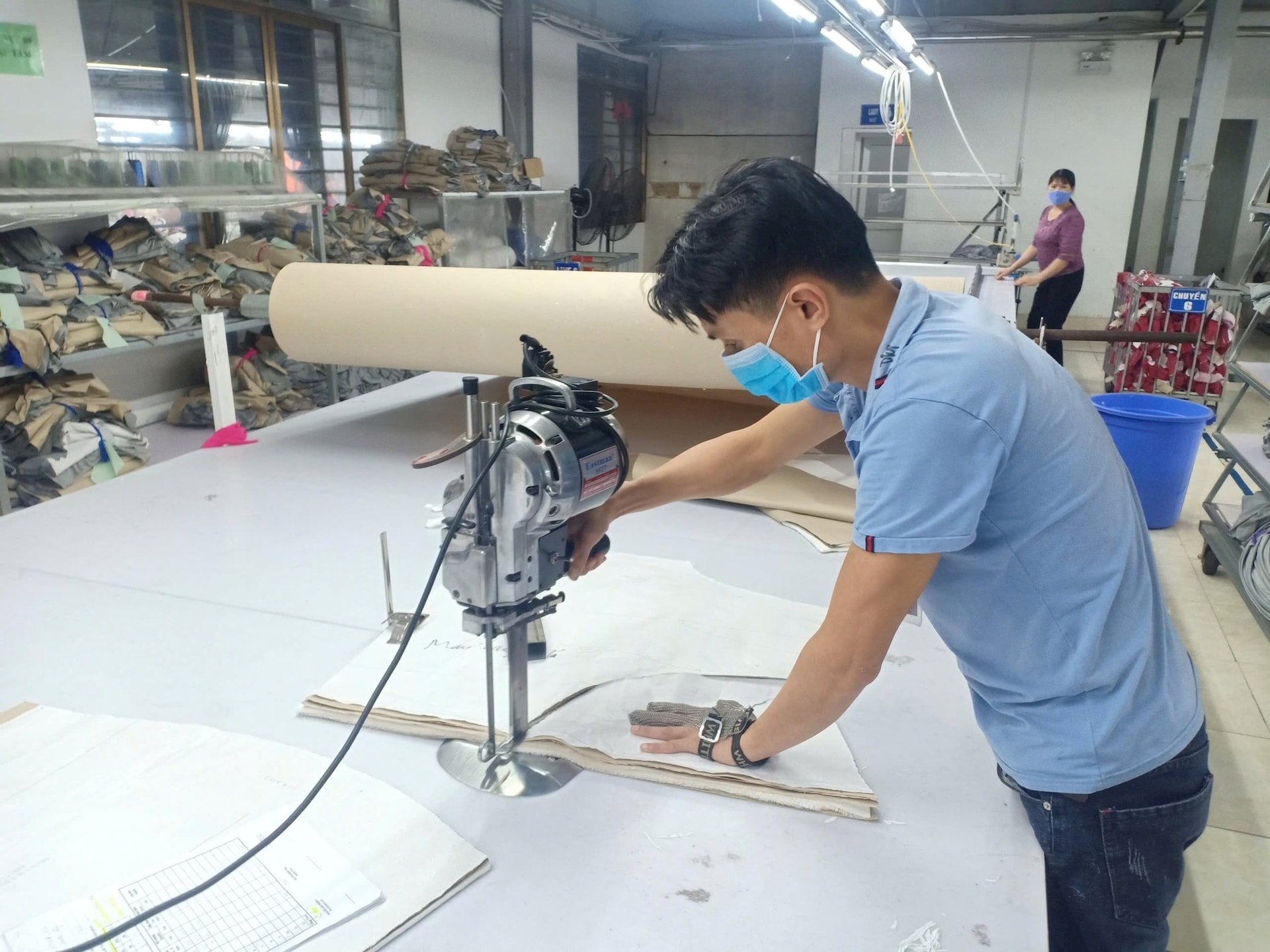

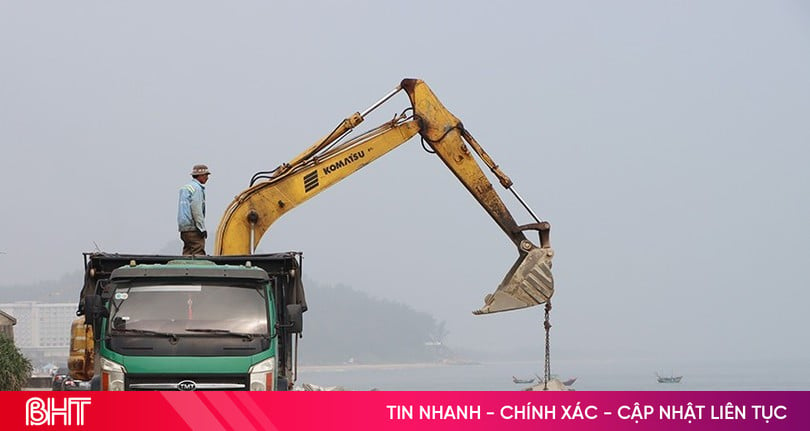














Comment (0)